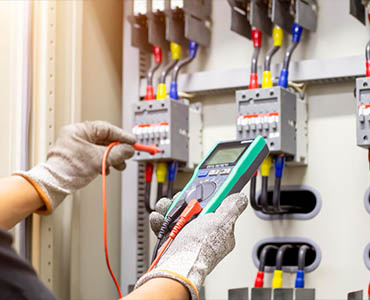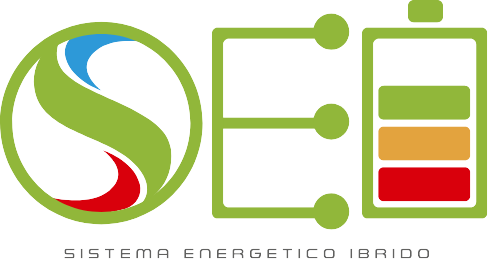Innovative need
- Home
- Innovative need
A valid tool for companies in the energy sector

SEI is able to integrate different energy storage technologies with different and complementary functional characteristics in terms of power and energy, which make the system capable of providing both of them: energy intensive services (large capacity to exchange power for long periods – hours) and power intensive services (exchange high powers for short periods – seconds ÷ minutes). This makes SEI an innovative technology compared to conventional and hybrid inverters.
- – Facilitate the interconnection among different micro-sources from non-programmable RES (solar, wind, fuel-cell , etc) and can make them more reliable and efficient;
- – Drive the micro-sources correctly, efficiently and permanently at the maximum power production,
with the surplus of energy produced available to recharge the energy storage systems; - – Compensate for sudden load variations; facilitate the control of the flow of active and reactive power for the regulation of the voltage at the PCC with the electricity grid (ancillary services);
- – Provide “black-start” capacity (drive power for plants that need electricity to start, in the absence of the main grid) for power plants;
- – Have particular use in applications such as momentary and brief interruptions of high value industrial processes and/or plants, for voltage support, power factor correction and other aspects of power quality;
- – Provide network and system services, in particular synthetic inertia and fast reserve , i.e. support for the security and stability of the electricity system in the event of disturbances such as abrupt changes in load and/or generation, and in addition secondary peak services shaving and load leveling.

The distinctive factor is the innovation closely connected to the following characteristics: functionality, i.e. the role that technology plays within a cooperative brokerage system and makes it possible to coordinate the energy and thermal needs of a user/prosumer/producer with the requests of another user/prosumer/producer belonging to the same energy community; degree of centralization: these are technologies that can be applied starting from individual users to the cooperative brokerage system; the added value derives, however, from the interconnection of the individual modules which create an integrated system that offers innovative services, including energy interchange between the brokerage system and the external context, generating positive externalities in energy management both individually and collectively; degree of technological maturity: smart grid technologies are in an embryonic stage of development and therefore the subject of incremental innovations to improve both technical and economic performance compared to the performances that characterize the current offer; Integration with the IoT and device virtualization: operation is based on operations within a distributed and virtualized infrastructure model integrated with the IoT and which is characterized by the virtualization of devices as intelligent objects capable of communicating with each other. This allows you to support the management of energy services for the NZREC cooperative system.
Innovative architecture
Innovative paradigms will be adopted with reference to both the integration of components and devices and the access and distribution of information. Scalability, interoperability, reliability: scalability derives from the system’s ability to guarantee elastic and flexible production; the system is composed of modules that are easy to configure and built to meet the requirements of integration and interoperability. These indicators ensure an improvement in the quality and reliability of the production, management and distribution of incoming and outgoing energy flows, as well as a sharing of energy resources. Customization: the SEI is characterized by the presence of services that allow individual prosumers to manage energy consumption and production effectively and efficiently.
Economic convenience
SEI will have a direct impact on the costs incurred by individual end-user; in particular, they allow the prosumer to optimize expenditure on energy, as well as on system costs, allowing at the same time greater integration of RES and the deferral of investments on the grid. Energy efficiency: the creation of a system, such as the SEI, which allows the optimal exploitation of the energy produced by RES but also the exchange of energy between producers and consumers guarantees a more rational use of energy and of transmission and distribution systems, energy savings, and participation in the market through active demand management systems.
